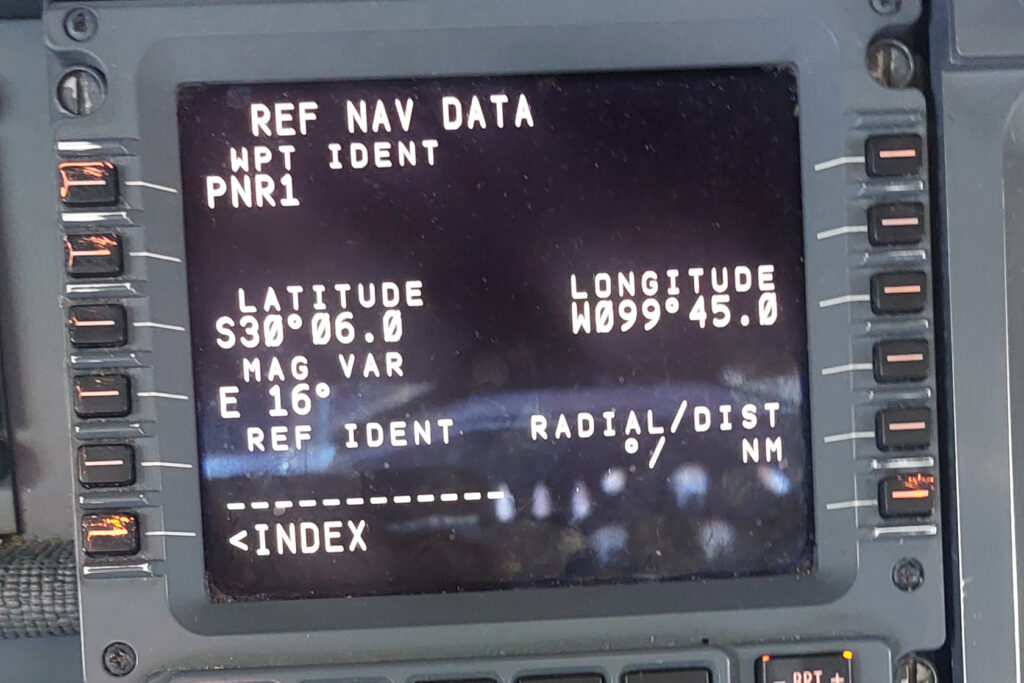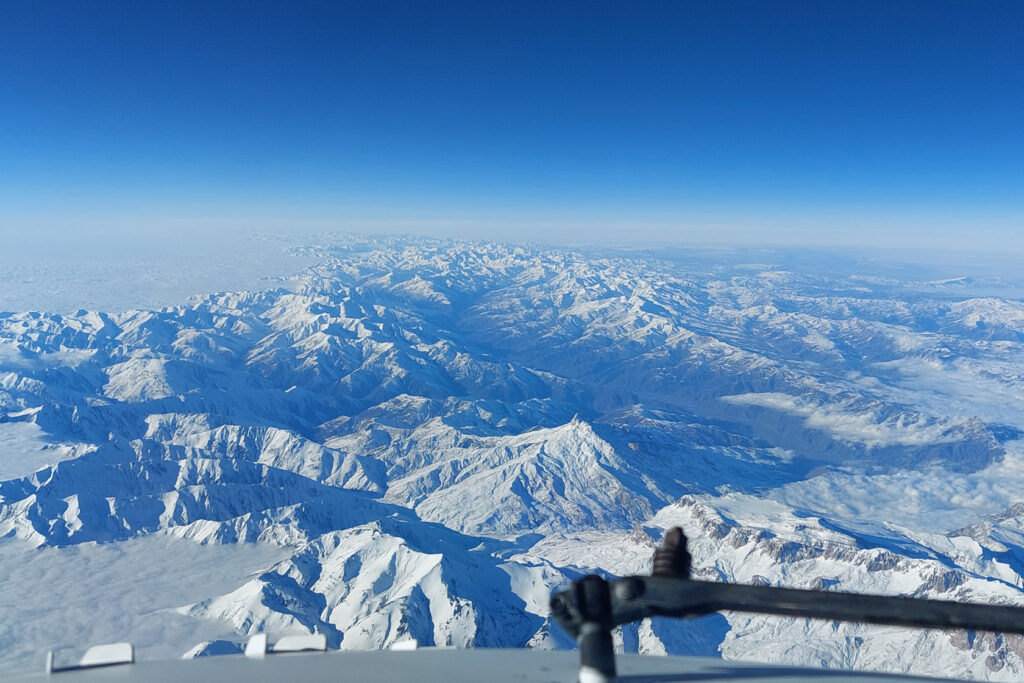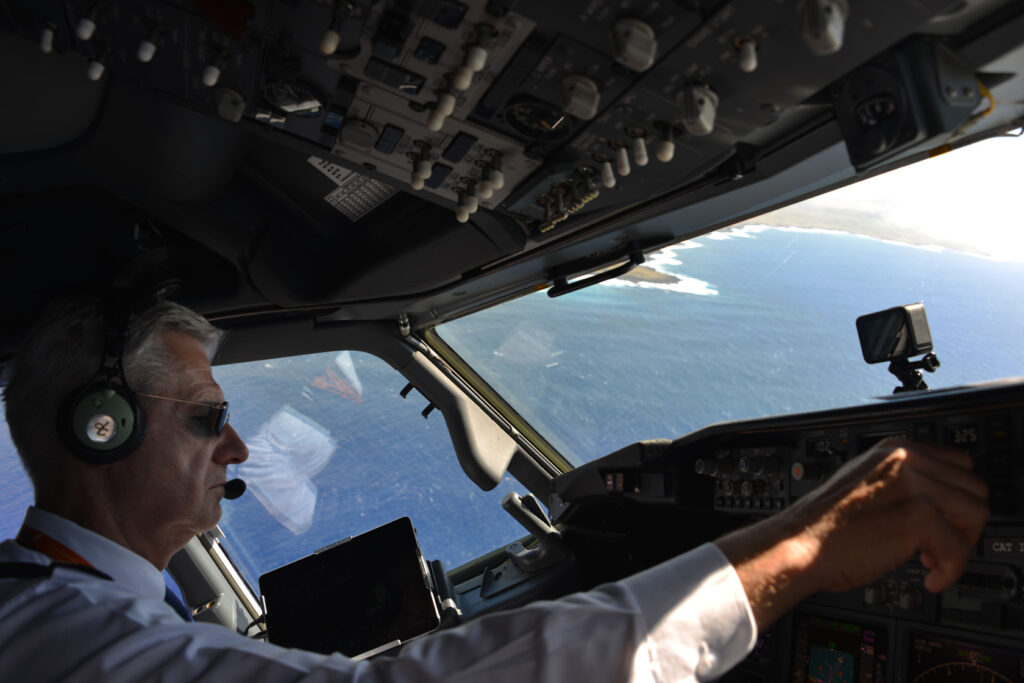Round-the-world flights for exclusive group tours on board a private jet are nothing new. Two experienced Slovakian flight captains explain to us what the flying crew experiences during such a trip and what challenges have to be overcome when approaching unknown airfields.
Mankind’s desire to circumnavigate the globe is centuries old. Back in 1519, the Portuguese navigator Ferdinand Magellan set off on a circumnavigation of the globe with five ships and 244 crew members. Three years later, only 18 survivors returned from the expedition, but without Magellan, who died during his attempt.
It was not until the publication of Jules Verne’s novel “Around the World in 80 Days” in 1873 that the quest to circumnavigate the globe once again became a topic of interest for the general public. On April 20, 1924, the era of circumnavigating the world by plane began when four US Air Force seaplanes set off and successfully returned to their starting point after 157 days. Since the 1960s at the latest, when civil aviation became more and more reliable and the demand for luxury travel increased worldwide, some tour operators have concentrated on exclusive round-the-world trips designed to offer well-heeled customers a variety of travel impressions in the shortest possible time.
Since 2012, the Slovakian travel company Leonardo-Oscar has also been organizing round-the-world trips for well-heeled travellers on board a converted business Smartwings Boeing 737-800. Shortly before the turn of the year, a crew from the Slovakian subsidiary Smartwings Slovakia flew 55 globetrotters from Slovak capitol Bratislava around the globe in just 23 days with 12 stops in 10 countries on 5 continents, with interesting destinations such as the Easter Islands, Tahiti, Palau, Laos, Rio de Janeiro, Samarkand, Sydney and Auckland on the program.
Anything but ordinary
Smartwings Slovakia Managing Director Kamil Cibulka and flight captain Peter Mikula, together with their crew, had the task of transporting the travelers on their round-the-world trip over a distance of 47,150 km on 16 flights. A 9-strong Smartwings team, consisting of cockpit, cabin crews and technicians, were on hand to ensure the smooth running of the flight.
As Kamil Cibulka explains in the aeroTELEGRAPH interview, it has always been important to him to have as much variety as possible in his everyday working life and not just to fly from A to B on schedule flights. So when the offer for the round-the-world flight came, he was really looking forward to it: “I knew that many special flights awaited us and that I would be flying to parts of the world where I had never flown before. In my professional career, I had already gained important experience with Smartwings on Boeing 737 ETOPS flights to North America, India, Palau and the Maldives. Peter and I therefore knew how to prepare for and carry out these special ETOPS flights”.
Kamil Cibulka’s dream of a career as a pilot began in the late 1990s when, after successfully completing his university education, he joined the Slovakian regional airline Tatra Air as a cargo manager. As a young flight engineer on a Slovak Airlines Tupolev 154M, Cibulka gained his first cockpit experience early on before beginning his career as a pilot on a Slovak Airlines Boeing 737-300 in 2005. After stops at the Slovakian airlines Air Slovakia and Seagle Air, he finally joined Smartwings in 2010, where he now works as a flight captain, 737 type rating instructor and Managing Director of the Slovakian Smartwings subsidiary.
As Kamil explains, he would prefer to fly to a new airport every day, so the routing of the round-the-world flight came in very handy: “When I saw that our flight route would take me back to Palau, among other places, and that we had the opportunity to fly to the remote Easter Islands, I was full of enthusiasm”.
The approach to Easter Island in particular was a special flight for the whole crew, whose flight preparation had to be planned down to the last detail: “Easter Island is an isolated airport for an aircraft like our Boeing 737-800 due to its limited range and the fact that it has reached the point of no return. There is no room left for alternatives, which is why we tried to take the most direct route to our destination airport”.



Incidentally, Mataveri Airport has a few special features that need to be taken into account. For example, every airline requires a special permit to fly to the Pacific island, as an alternative airport is only around 2500 km away. LATAM is the only airline to operate a daily scheduled service to the remote island from Santiago de Chile, 3750 km away, with a Boeing 787-9. For environmental reasons, the airlines are not allowed to empty their toilets or leave garbage behind. This remains on board and can only be disposed of at the next airport.
“After we landed at Mataveri Airport, a Boeing 777-200ER of the Portuguese airline Euroatlantic was approaching. Before it landed, however, it made a low pass over the airport, turned into a generous airport circuit and finally landed on the remote island. Still in the cockpit, we joked that the crew of the XL-Boeing, with their generous range of around 14 hours flying time, were able to fly to the island in the south-east Pacific much more relaxed than we were”.
As part of the round-the-world flight, the Euroatlantic Tripple Seven crew, who were on the same mission with a tour group, were later met again at the airports in Samarkand and Sydney.
Between 10 minutes and seven and a half hours flying time
Weeks after his return to Bratislava, Kamil Cibulka still raves about the interesting flight routing that resulted from the round-the-world trip: “Many flights, such as those over the Pacific, were a special experience for us, as we had never flown in New Zealand, Australia or over Papua New Guinea before”. The average flight time per flight segment was around five hours. The longest flight between Easter Island and Tahiti took around seven and a half hours, while the shortest flight, from Boa Vista to Sal in Cape Verde to refuel the Boeing 737-800, took just ten minutes.
And although Peter Mikula can also look back on a long career as a pilot with more than 15,800 flying hours on the Let-410, Saab 340 and Boeing 737, he says: “You can prepare perfectly for all eventualities for the upcoming flights, but in the end you still don’t know what the situation on the ground will actually be like when you fly in an unknown region for the first time”.


However, no matter how long the flights took, the passengers clearly enjoyed the service provided by the crew on board the Boeing 737-800 during the 23-day tour, with around 825 meals consumed, 900 snacks, 50 kg of fresh fruit, two hundred bottles of wine and hundreds of other alcoholic and non-alcoholic drinks: “Our cabin crew were really busy and as the meal service often took hours, we warned our crew in good time that the flight was about to descend,” adds Mikula.
In order to make the process as comfortable as possible for the passengers, the tour operator ensured that some of the passenger’s flights were checked in at VIP terminals. As Kamil Cibulka explains, his crew was usually at the airport three hours before departure to prepare everything for the upcoming flight. As the cabin crew was the busiest, it was also a matter of course for the pilots to help prepare the cabin: “We worked an average of nine hours a day. At the same time, however, we all knew that the faster we did the work as a team, the more time we would have to explore the destination”.
The passengers became something like family members
During the trip, numerous friendships were made not only among the passengers, but also with the crew. The passengers became something like family members, says Cibulka: “There were two helicopter owners and pilots among the passengers. Naturally, these and other passengers were interested in what was going on in the cockpit. As it was a private flight, there were also opportunities to pay us a short visit”.
On the last evening of the trip, the airline manager had the task of presenting a summary of the itinerary to the guests at the guest hotel in Samarkand (Uzbekistan): “To my amazement, the whole crew was rewarded with applause from the passengers for our work”. The farewell to the passengers on arrival in Bratislava was just as surprising: “It was very emotional, something I have never experienced before in my 25-year career”.
When asked in retrospect what the best part of the trip was, Kamil replies: “We were tired, but when we arrived in Bratislava after 23 days, I said to my crew in the cockpit, let’s start another world tour tomorrow”.
Martin Dichler
